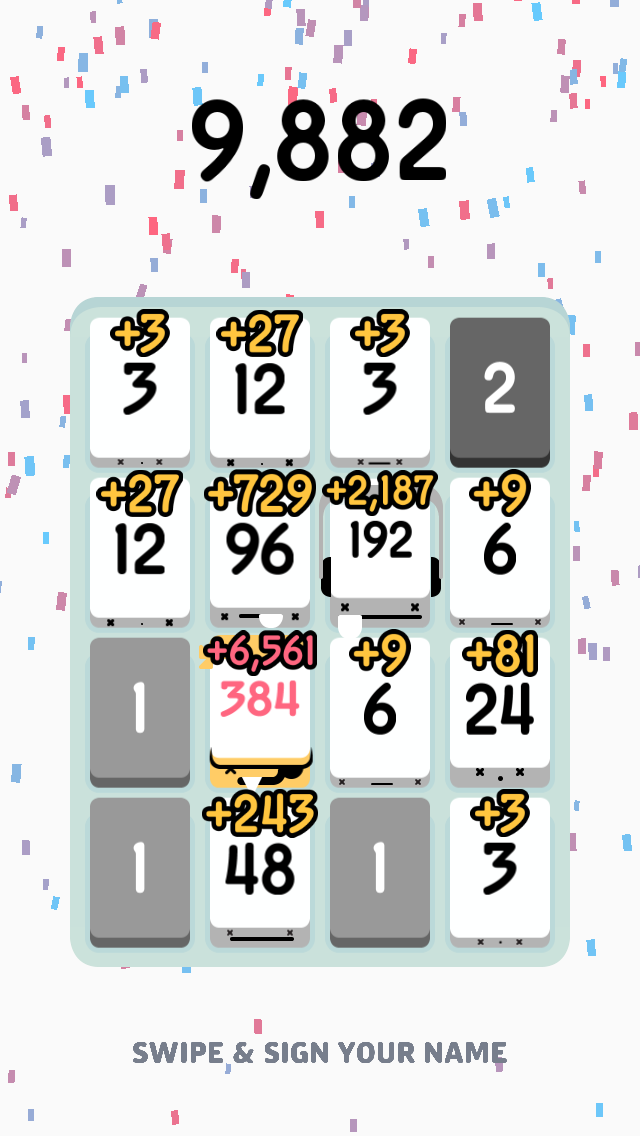In the game Threes!, merging tiles is based on specific rules that define how tiles interact. Understanding these combination rules is crucial for developing effective gameplay strategies. Here’s a detailed outline of these rules and their implications:
Combination Rules in Threes!
1. Basic Merge of Differing Values:
– 1 + 2 = 3: This is the only instance where tiles of different values can combine. This unique pairing forms the foundational tile of the game, which is 3.
2. Merging Identical Values:
– Tiles with values 3 or higher can only merge with tiles of the exact same value. The merges must follow the multiple of three principle:
– 3 + 3 = 6
– 6 + 6 = 12
– 12 + 12 = 24, and so on.
– Each of these combinations effectively doubles the tile value, advancing the player towards higher scoring tiles.
3. Blocking Mechanism:
– When tiles are combined incorrectly, such as:
– A 3 tile and a 6 tile,
– A 2 tile and a 3 tile,
– The tiles will not merge. Instead, they act as barriers, blocking movement in the direction of the attempted move. This means you cannot slide any tiles past them, which can significantly impact your strategy and gameplay flow.
Strategic Implications
The combination mechanics in Threes! not only dictate how the player merges tiles but also influence overall game strategy:
– Tile Placement: Players must consider where to place their tiles to maximize merging opportunities while minimizing the risk of creating blockers.
– Chain Merges: Understanding the need to combine tiles of the same value allows players to plan for chain merges, unlocking higher-scoring tiles systematically.
– Movement Management: Effective management of tile movement is crucial. Players will often need to maneuver tiles carefully to avoid blocking their own paths while building towards advantageous merges.
Conclusion
In summary, the merging mechanics in Threes! involve an essential understanding of when and how tiles can combine. The unique merging of tiles 1 and 2 into 3 creates a foundational point, while higher tiles require matching values, solidifying strategy around not only creating merges but also navigating around potential blocks. This complexity adds depth to gameplay, encouraging players to think critically about each move and its impact on future opportunities.






Leave a Reply